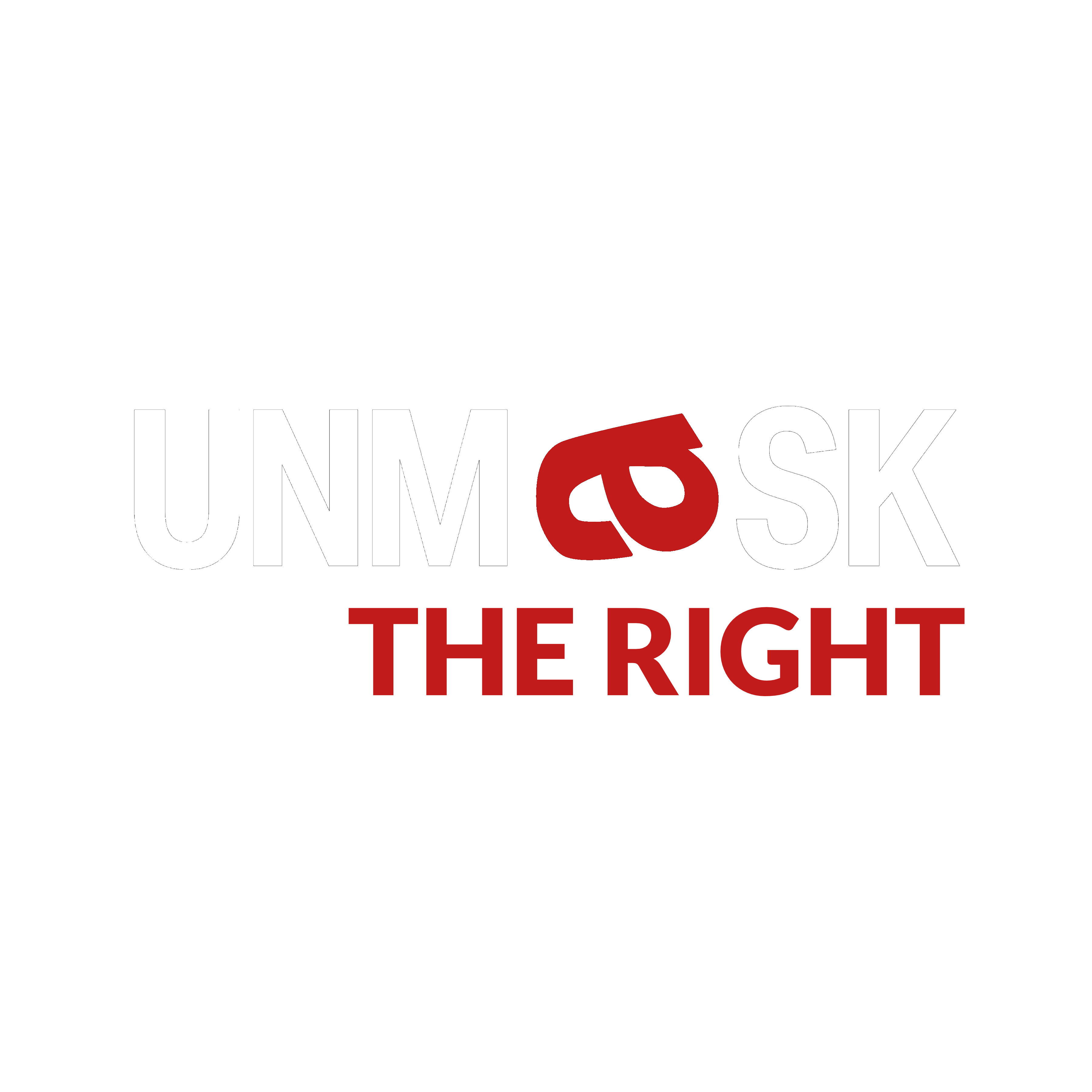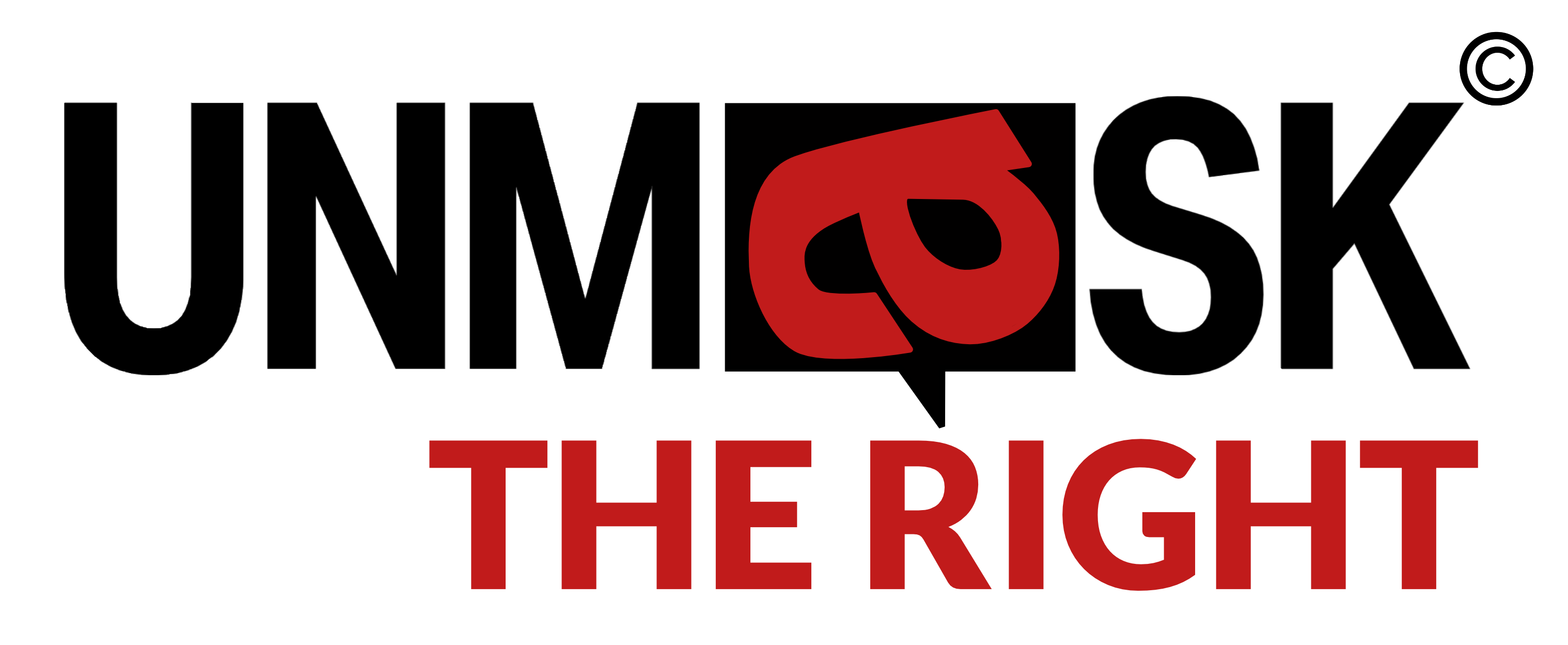Articles
Spotlight
Far Right Week In Review – July 26 To August 1
Friday, July 26 Jasper is burning, but Maxime Bernier’s focus lies elsewhere. “There’s no way I...
Other Articles
Far Right Week In Review, July 5 To July 11
Friday, July 5 Last week Joe Biden flamed out, the US Supreme Court ran amok, Marine Le Pen started going for control of France, Victor Orban became president of the EU, and Pierre Poilievre’s lips continued to move. Let’s hope this week is better. Maybe it will be....
Far Right Week In Review, June 28 To July 4
Friday, June 28 Immigration relents, lets UK fascist on a tourist visa continue his paid speaking tour of Canada. Rebel News gloated: “Tommy Robinson has been released by the Trudeau government, and has been given permission to fly to Toronto, where he will give a...

Get Newsletter Updates
Far Right Week In Review, June 21 To June 27
Friday, June 21 “All things must come to an end. That includes the unlikely friendship between an Eastern Ontario farmer by the name of Chet Wiggins and a group of QAnon-adjacent anti-government conspiracy theorists who built a commune in his backyard.... The...
Far Right Week In Review, June 7 To June 13
Friday, June 7 Abbotsford BC Conservative MLA Bruce Banman is irate “UBC academics” are calling for the Sumas valley to be allowed to flood. Only problem is the “UBC academic” is actually the president of his party. Comments from the B.C. Conservative Party president...
The Myth of Left-wing Anti-Semitism
(This article reflects the personal views of the author, a Jewish anti-Zionist) According to the Anti Defamation League – a leading pro-Zionist lobby group which claims its focus is on combatting actual anti-Semitism – this form of prejudice and hate is...
WORKING PEOPLE AND UNIONS ARE UNDER ATTACK AND THE LABOUR MOVEMENT IS RESPONDING
WHAT’S HAPPENING? WHAT IS BEHIND THIS TARGETING? WHAT CAN WE DO?


THE ANTI-MASK MOVEMENT: CAST OF CHARACTERS
Calls to Action
For More Information or to Join the Fight Back
Learn the Truth About the Anti-Maskers And Spread the Word
Organize And Mobilize To Stop The Far Right In Our Community
Contact Us
Resources
